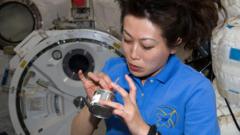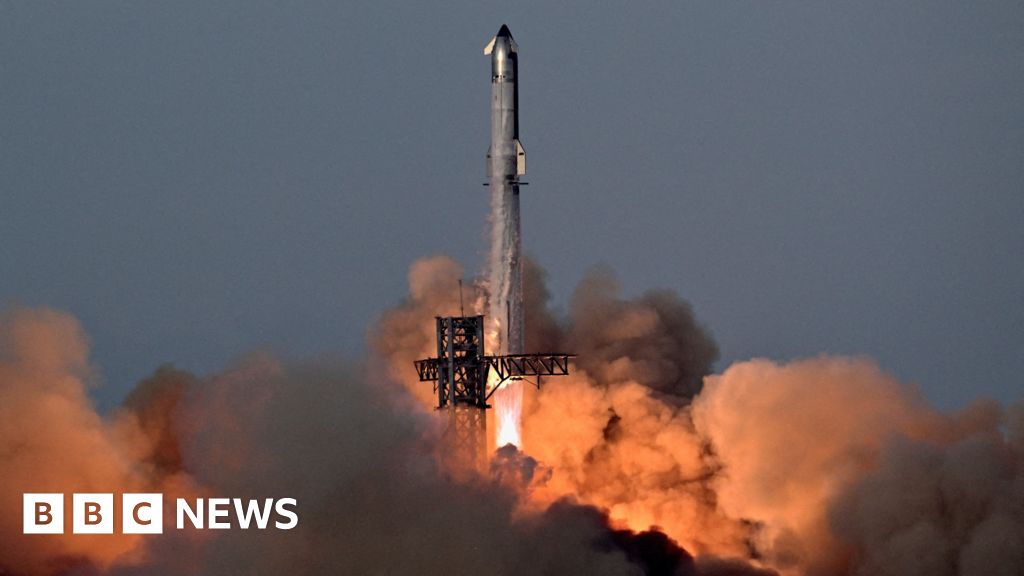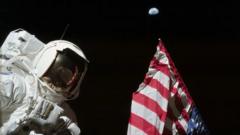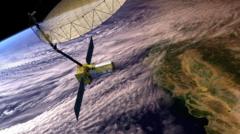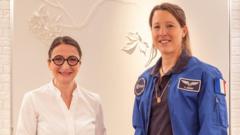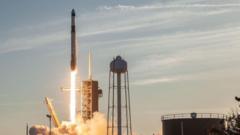A recent initiative by the European Space Agency (ESA) has launched an experiment aimed at growing lab-grown food in space, opening new avenues for sustainable astronaut nutrition. This experiment is concerned with the logistical challenges of providing food for astronauts during long-duration space missions, particularly as NASA aims to establish a long-term human presence on the Moon and potentially Mars.
The ESA-funded project represents a pioneering step in food production logistics, with the ultimate goal of establishing a small food production facility aboard the International Space Station (ISS) within two years. Dr. Aqeel Shamsul, CEO of Bedford-based Frontier Space, explained that minimizing the cost of feeding astronauts—estimated at around £20,000 per day—is essential for future missions. Dr. Shamsul's vision includes having food manufacturing facilities not just in low Earth orbit but also on the Moon and beyond.
The process involves cultivating essential food components—proteins, fats, and carbohydrates—using precision fermentation and cellular agriculture-based techniques that have gained traction on Earth. While lab-grown chicken is already available in a select few markets, the quest for lab-grown steak is still underway in places like the UK and Israel. On the planetary frontier, the immediate concern is the high expense of transporting food supplies.
Given the logistical complexities of sending food, researchers are exploring the feasibility of growing ingredients in space to alleviate costs. Dr. Shamsul posits that starting with basic items such as protein-enriched mashed potatoes could gradually evolve into more sophisticated food production techniques, even utilizing 3D printing technology aboard the ISS to create assorted culinary dishes.
Currently orbiting the Earth, the small-scale bioreactor sent via a SpaceX Falcon 9 rocket will assess whether these foods can be effectively cultivated in a microgravity environment. The collected data intends to refine a larger bioreactor version for future space missions.
However, the unappealing appearance of the bioreactor's output—presented as a dry, brick-colored powder—remains a challenge. To combat this, culinary experts, like Imperial College's Jakub Radzikowski, are experimenting with alternative ingredients to enhance meal appeal for astronauts.
While regulations prevent the immediate use of lab-grown food for testing, Radzikowski is pioneering dishes using naturally derived starches and proteins, aiming to recreate familiar cuisines from around the world to provide comfort for astronauts. Amidst this culinary experimentation, a taste test involving Helen Sharman, the UK's first astronaut, showcased the promising potential of these new dishes.
Sharman's insights emphasized the significance of lab-grown food not just in enhancing astronauts' diets but also in potentially improving their health during extensive space missions. As this adventurous journey into space nutrition progresses, the future of food technology could redefine how humanity sustains itself beyond our planet.

